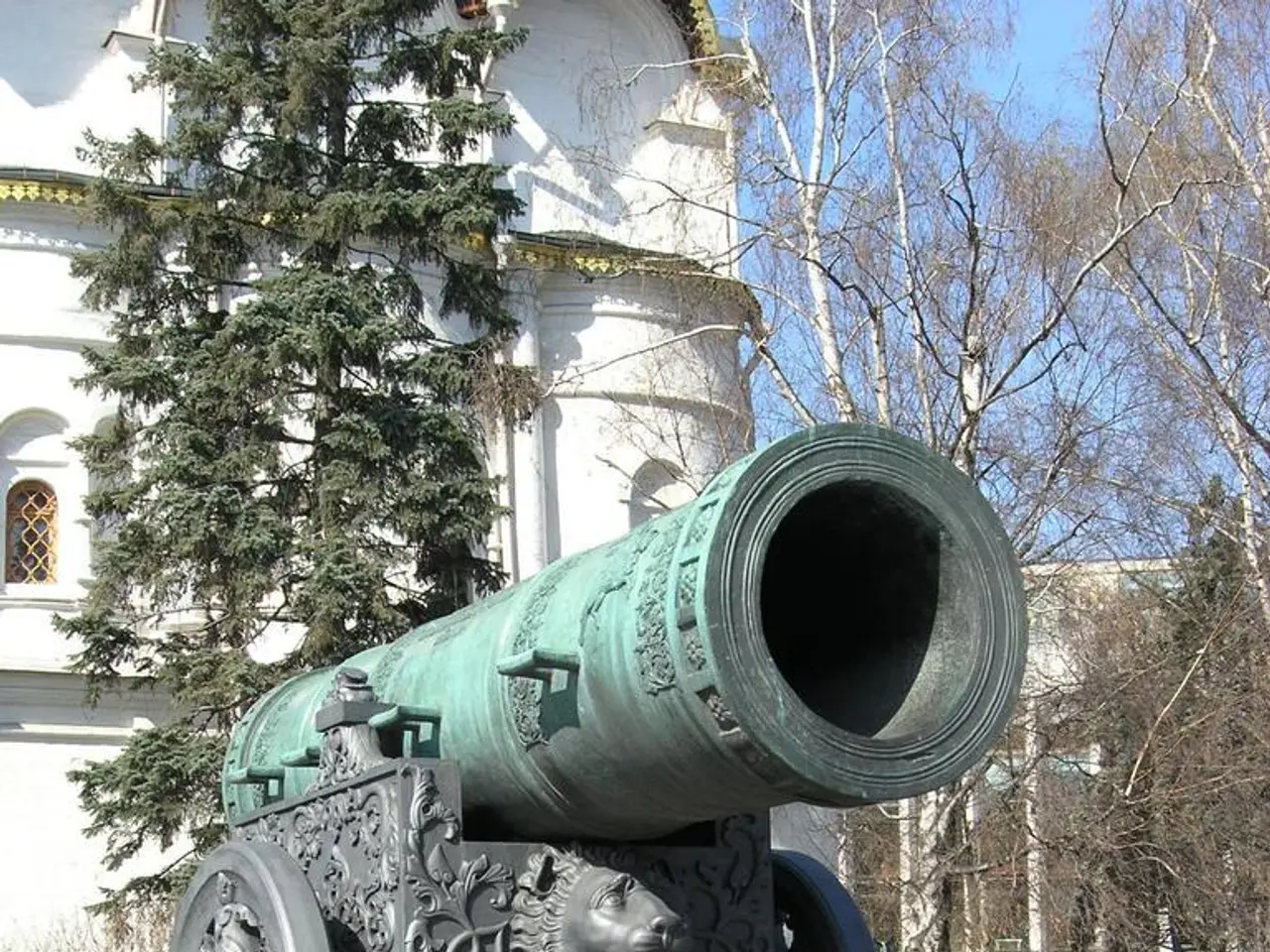Trump, on the verge of encountering Putin after a four-year gap, faces the daunting task of smoothing over strained relations
In a move that underscores the geographic proximity, historical ties, and strategic military and geopolitical significance between the United States and Russia, the US-Russia summit is set to take place in Alaska. The meeting, scheduled at Joint Base Elmendorf-Richardson in Anchorage, is a key US military hub for Arctic defense, symbolizing the physical closeness and strategic link between the two nations across the Bering Strait.
The choice of Alaska as the summit location is a deliberate one, aimed at framing discussions on urgent geopolitical issues such as the war in Ukraine, Arctic security, and US-Russian relations more broadly. This decision is a testament to the strategic implications of the region, particularly the highlighting of Arctic competition as melting ice opens new trade routes and access to natural resources.
Historically, Alaska was part of the Russian Empire until its purchase by the United States in 1867. This symbolic dimension adds depth to the meeting, reflecting the deep-rooted and complex nature of US-Russian relations. Russian cultural and commercial legacies remain in Alaska, reinforcing the state's unique role as a bridge between the two countries.
The strategic implications of choosing Alaska include a focus on regional security, given Alaska's location near Russia and ongoing tensions such as Russia's war in Ukraine. The meeting site symbolizes the persistent but cautious relationship between the US and Russia, reminding both parties of their long historical connections and current geopolitical challenges.
Donald Trump, who styles himself as a "peacemaker-chief," has been at the forefront of these efforts. In the past 200 days, he has claimed credit for ending six wars and has been in touch with leaders from Russia, Ukraine, and Europe regarding a potential peace agreement. The US president has also aggressively pushed for more control in the Arctic.
In the lead-up to the summit, Trump has suggested the potential shape of any deal might involve the "swapping of territory." However, Volodymyr Zelenskyy, the Ukrainian president, has insisted he will not concede territory annexed by Russia. Moscow has sent the White House a list of demands in return for a ceasefire, but the details of these demands remain unclear.
The meeting in Alaska centers on global energy and territorial stakes that are high. Trump is attempting to secure buy-in from Zelenskyy and other European leaders, with a coveted seventh peace agreement potentially being secured during the US-Russia summit. The summit between Trump and Vladimir Putin in Alaska, their first meeting since Russia invaded Ukraine, promises to be a significant event in the ongoing narrative of US-Russian relations.
The location of the meeting also plays into Trump's flair for the theatrical, with the strategic parity between the US and Russia signaled by the choice of Alaska. Holding talks in Alaska, a state that was once part of the Russian Empire, adds an element of drama to the proceedings, further emphasizing the complex and historical nature of US-Russian relations. Despite the challenges that may arise due to sensitive territorial issues, the summit in Alaska presents an opportunity for dialogue and potential resolution of ongoing conflicts.
- The choice of Alaska for the US-Russia summit underscores the importance of discussing not only Arctic security, US-Russian relations, and the war in Ukraine, but also politics, war, and general news that are integral to the complex and historical ties between the United States and Russia.
- The US-Russia summit in Alaska, with its theatrical setting and symbolic dimensions rooted in history, serves as a backdrop for addressing war-and-conflicts, energy stakes, and territorial disputes, highlighting the strategic implications and political challenges in this war-and-conflicts-filled world.




